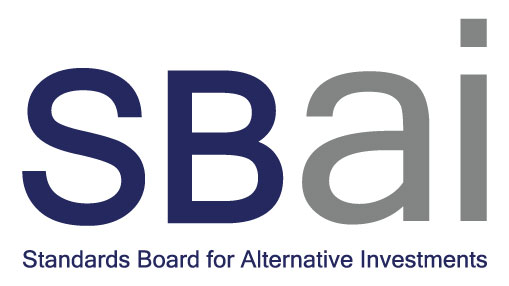Summary of the Standards
The Standards are not a checklist of compliance requirements, but a set of living principles designed to evolve with industry developments. They serve as a benchmark for sound governance and risk management, helping to build confidence among investors and stakeholders.
Summary of the Standards
Disclosure (Standards 1 – 4)
This section focuses on the areas that managers are expected to disclose to investors:
- Investment Policy: The fund’s investment strategy and the risks involved
- Commercial Terms: Such as fees and expenses, termination rights, and exit terms
- Performance Measurement: Material exposure to hard-to-value assets, methods used to value these assets, and the use of side-pockets
- Counterparty Reporting: Agreed informational reporting to counterparties, including lenders, prime brokers, and dealers
Valuation (Standards 5 – 8)
The area of valuation focuses on three major areas: segregation of functions in valuation, approach to handling and disclosure of hard-to-value assets and disclosure:
- Segregation of Valuation Functions: Appointment of an independent and competent third party valuation service providers, segregation of valuation from portfolio management, and a Valuation Policy Document outlining all aspects of the fund valuation process
- Approach to Hard-to-Value Assets: If valued in-house, the Valuation Policy Document should include details of a hierarchy of pricing sources, models, and broker quotes (if any) and the use of side pockets with fund governing body approval
- Investor Disclosure: Disclosure of governance arrangements. Disclosure of hard-to-value asset processes, including material increases in the percentage of hard-to-value assets in the portfolio and the value of any side pockets
- Valuation of Private Market Assets: The newest amendments to the Alternative Investment Standards relate to the challenges inherent in valuation of private market assets such as inconsistency, subjectivity, conflicts of interest and opaqueness. New Standards have been introduced to deal with;
- manager-led secondaries, crossed-investments, or related party transactions,
- due diligence and monitoring of service providers such as external auditors and valuation service providers to ensure they are competent, free from conflicts and their service levels are routinely assessed,
- selection and implementation of appropriate valuation methodologies, how valuation outcomes may change based on inputs, adjustments and assumptions,
- requirements for ongoing sensitivity analysis, stress testing and back testing to ensure that valuation procedures and policies remain fit for purpose,
- alignment with established accounting standards and technical valuation frameworks.
Risk Management (Standards 9 – 20)
This section focuses on the creation of a risk framework setting out the governance structure and control processes, including limits to ensure compliance with the stated objective and strategy of the fund.
It also focuses on the following areas of risk management:
- Portfolio Risk: Key staff (portfolio managers, traders, risk managers and the fund governing body) should understand the risk management processes. The risk function should be segregated from portfolio management to manage conflicts of interest. Risk-monitoring reports should be regularly reviewed
- Liquidity Risk: Liquidity positions should be forecasted and tracked. Stress-testing and scenario analysis of the fund’s liquidity position should be conducted
- Market Risk: Measures should be in place to identify market risks. Regular stress-testing of the impact on the portfolio of extreme market occurrences should be conducted
- Counterparty Risk: A process for setting up trading relationships on behalf of the fund should be in place
- Operational Risk: Covering segregation of valuation, risk management, and compliance functions from portfolio management, documentation of operational procedures and staff training, internal controls to prevent misappropriation of client money, disaster recovery plans, IT security, and the implementation of local conduct of business rules and regulations
- Outsourcing Risk: Due diligence of third party service providers, including activities, names, funding arrangements, commercial terms, and control procedures
Fund Governance (Standards 21-22)
This section focuses on fund governance including:
- Composition: Appropriate composition of the Fund Governing Body
- Meetings: The Fund Governing Body should meet regularly and meetings should be documented
- Reporting: Regular reports on compliance with laws and regulations should be presented by the fund administrator
- Investor Consent: In the absence of a Fund Governing Body investor consent should be sought for any material changes to fees and expenses payable by the fund, redemption rights, or the fund’s stated strategy
Shareholder Conduct (Standards 23 – 28)
This section focuses on:
- Market Abuse: Policies on market abuse prevention and compliance procedures that can identify and prevent breaches of market abuse laws
- Proxy Voting: A proxy voting policy available to investors to review
- Stock Borrowing: Managers should not borrow stock to vote (noting that there are specific situations where it is acceptable)
